The Next Guided Walk at Hillhouse Wood is a Winter Bird Walk
Following the successful Fungus Foray in November (see report and video below) the next Guided Walk is the annual Winter Bird Walk on Saturday 2nd March.
Steve Hallam will lead the winter bird walk in and near Hillhouse Wood, offering a chance to see resident woodland and meadow species and some winter visitors.
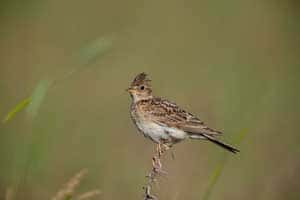
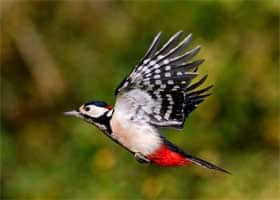
The walk will take in Hillhouse Wood and surrounding hedgerows. Strong boots or wellies should be worn, as we may encounter wet conditions underfoot! To join the walk meet at the Old Church ready to leave at 10 am.
Check other upcoming events here.
Fungus Foray – Ian Rowling Reports
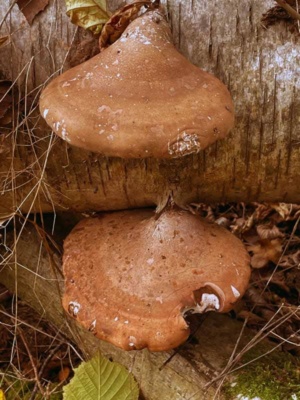
The first Fungus Foray for several years took place on 25th November on a crisp, bright ‘n breezy morning. Seventeen took part, hunting down fungi ranging from bellcaps, measuring perhaps a couple of millimetres across their caps, to these birch polypores which are up to 20cm across. They feature in an Alpine tale of a bronze age killing. Among the deceased’s possessions were strips of the very same fungus we were observing 5,000 years later, demonstrating the value he placed upon it. It exposes things which our modern educated minds have largely forgotten, things like:
- why this fungus makes an effective wound dressing,
- its other medicinal uses, and
- its use by Victorian-era barbers, revealed by its alternative name of razor strop fungus.
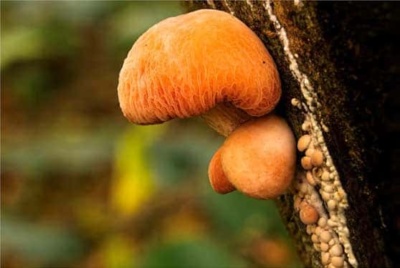
The observant group made some impressive finds including this group of Wrinkled Peach, among the most beautiful of the fungi. Being heavily associated with increasingly scarce elm this is a rare find these days. We are lucky to have it in our woods.
We learned that the fungi we see are merely the fruiting bodies of a much larger organism, the rest of it (the mycelia) being buried within whatever it is the fungus is growing in. It’s just like being only able to see the blackberries on a blackberry bush. Saprobic fungi (those that grow on trees, logs and the like) ultimately reduce fallen wood to nutritious soil, creating room and nutrition for regrowth. Towards the end of the walk we found tiny candlesnuff fungi buried in the leaf litter.
Wood Wide Web
Various mycorrhizal fungi (found growing on the floor) had, over centuries, spread a huge network of mycelia beneath our feet. These link the fungi with tree roots, and trees with each other, creating a wood wide web. This allows the exchange of nutrients and sugars between trees and fungi, and even information between the trees. The size of our wood wide web was evident from the numbers and wide distribution of fungi we found, speaking of a healthy ancient woodland. Let’s keep it that way.
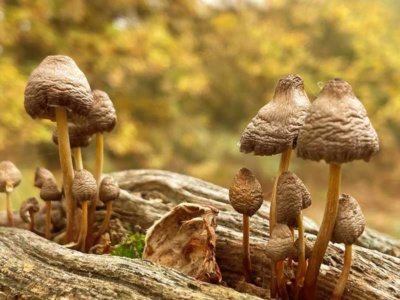
We ended with a look at grooved bonnets on the fallen tree which many of our kids (and perhaps some of the group too), clambered over back in the day. These fungi and others will ultimately reduce it to soil, but it has a few decades left yet. The tree allowed fungi photography without us having to become intimate with the leaf litter.
My thanks to the group for their company. It was an enjoyable walk and social experience.
A quick 2-minute skim through the many photos taken – some stunning!
Other Upcoming Hillhouse Wood Events
- Spring Flowers Walk 27/04/2024.
- Dawn Chorus 18/05/2024.
- Village Fete 06/07/2024 (FoHHW has a stall) .
- Autumn Fruits TBC.
- Fungus Hunt TBC.

